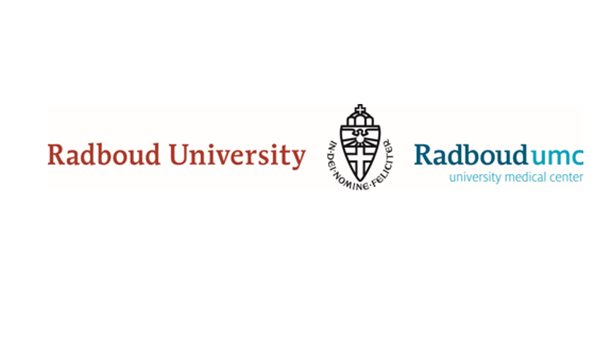The cerebrum can be divided into lobes: frontal, parietal, occipital, and temporal. The frontal lobe regulates voluntary and goal-directed movements, self-control, judgement, social behaviour, and memory. The parietal lobe is responsible for processing sensory information, while the occipital lobe integrates visual information. The temporal lobe is involved in auditory processing, verbal memory, and language functions.
- Temporal Lobe (pink): Roll thin, long rolls of pink clay and shape them ‘curving’ into temporal lobes on the lateral sides of the model, covering the insula on both sides.
- Frontal, Parietal, and Occipital Lobes (pink): Roll thin, long rolls of pink clay and place them in a ‘curving’ manner to form the frontal, parietal and occipital lobes in both hemispheres, covering as much of the underlying structures as possible.
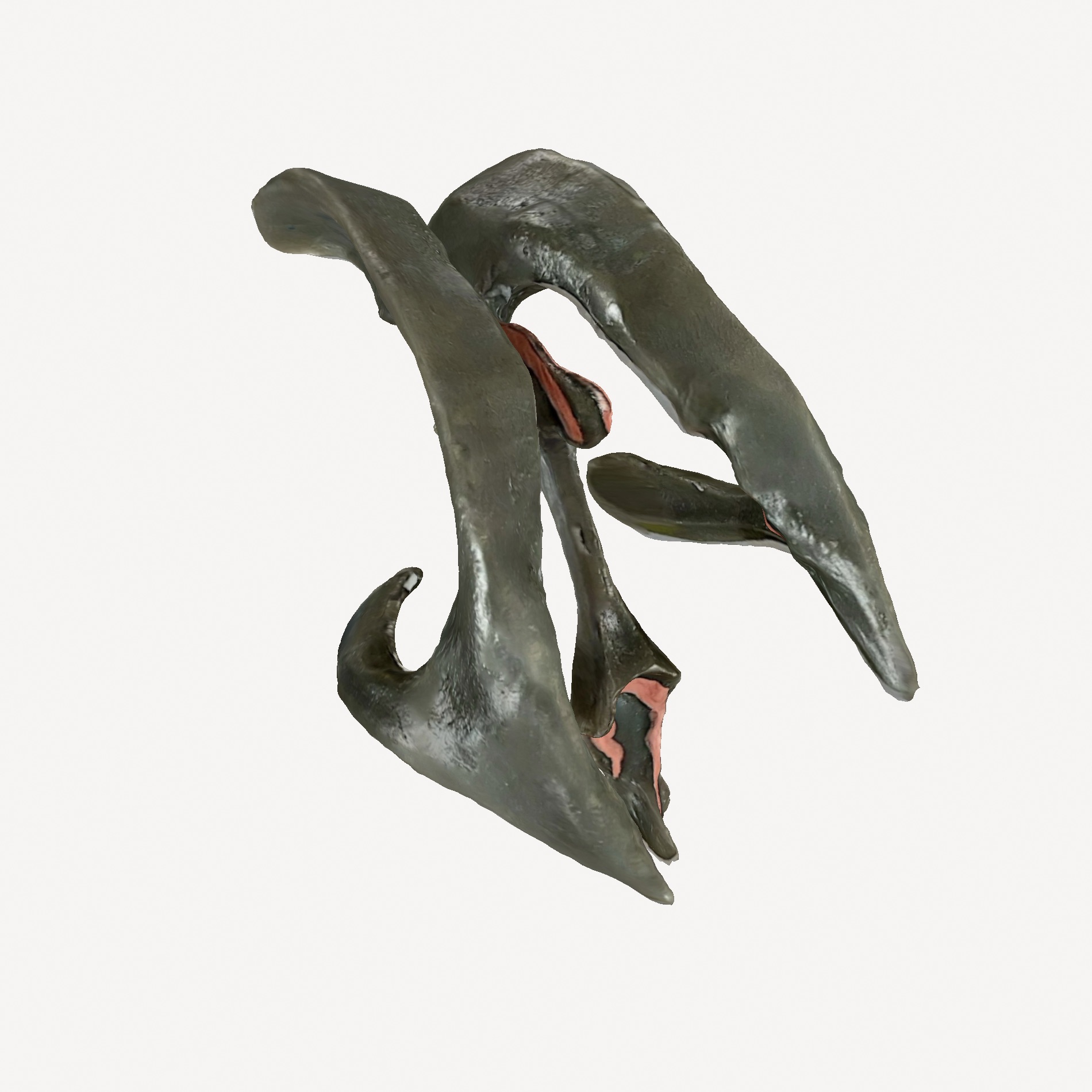
00 Ventricular system
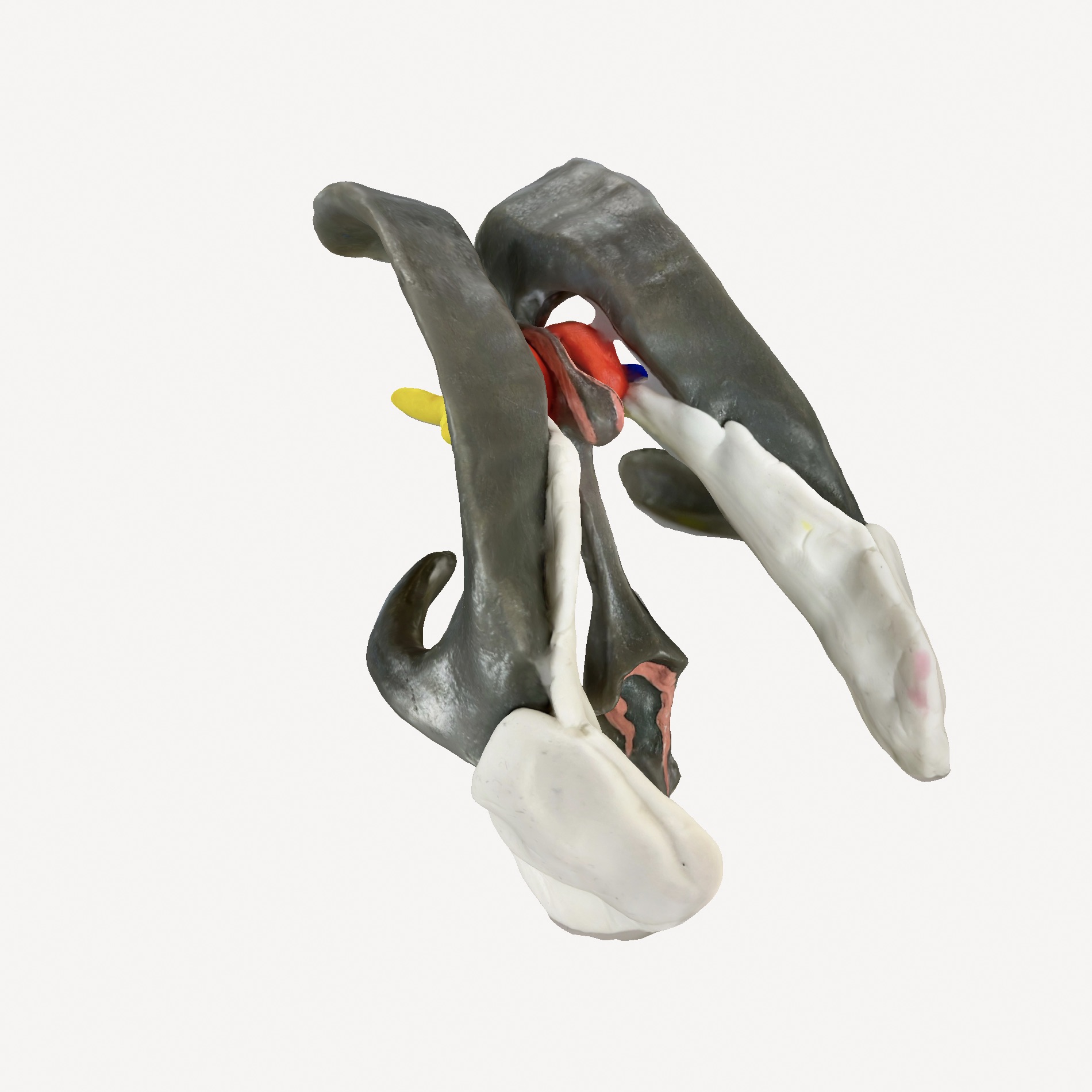
02 Optic Radiation

03 Limbic System

04 Reward System
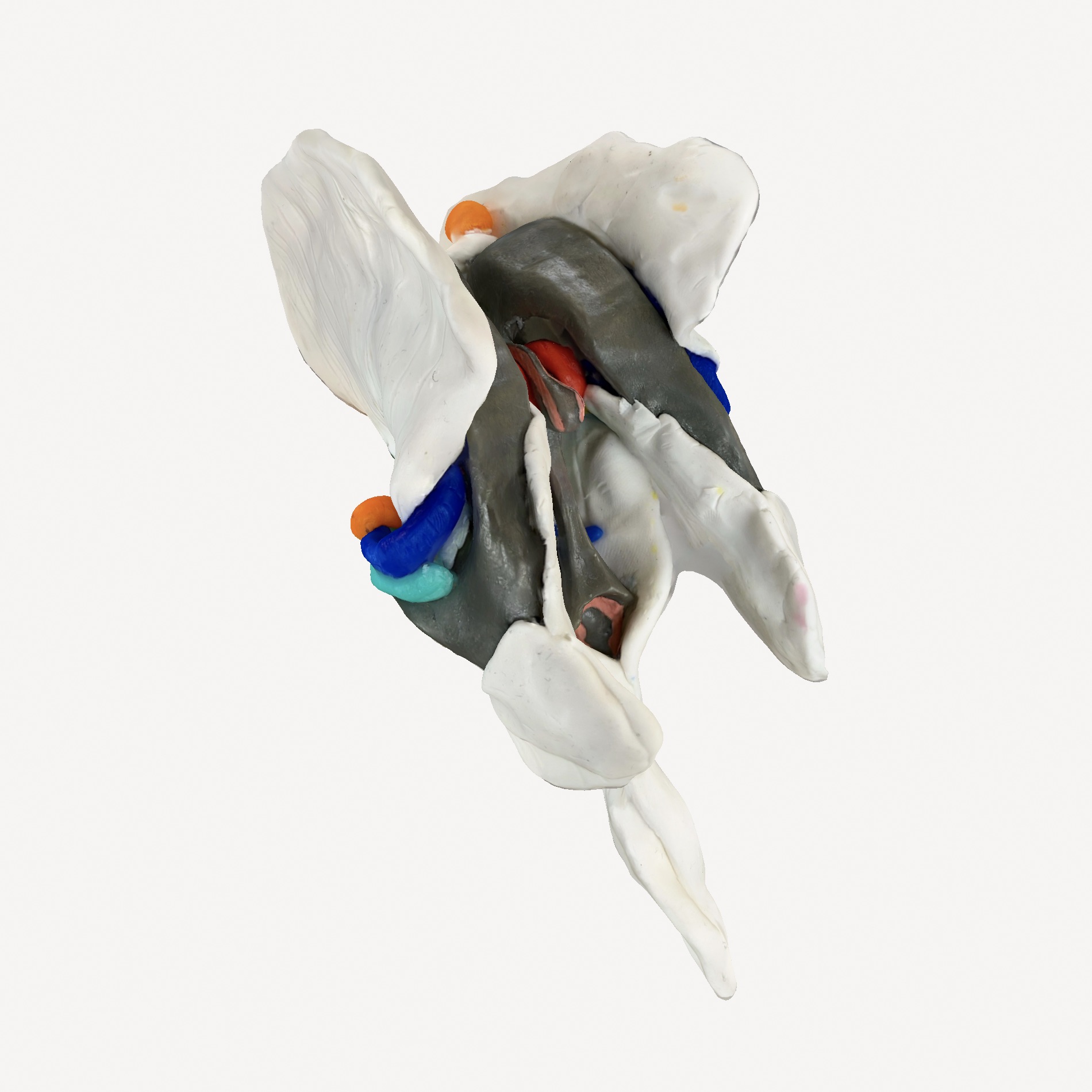
05 Corticospinal Tracts
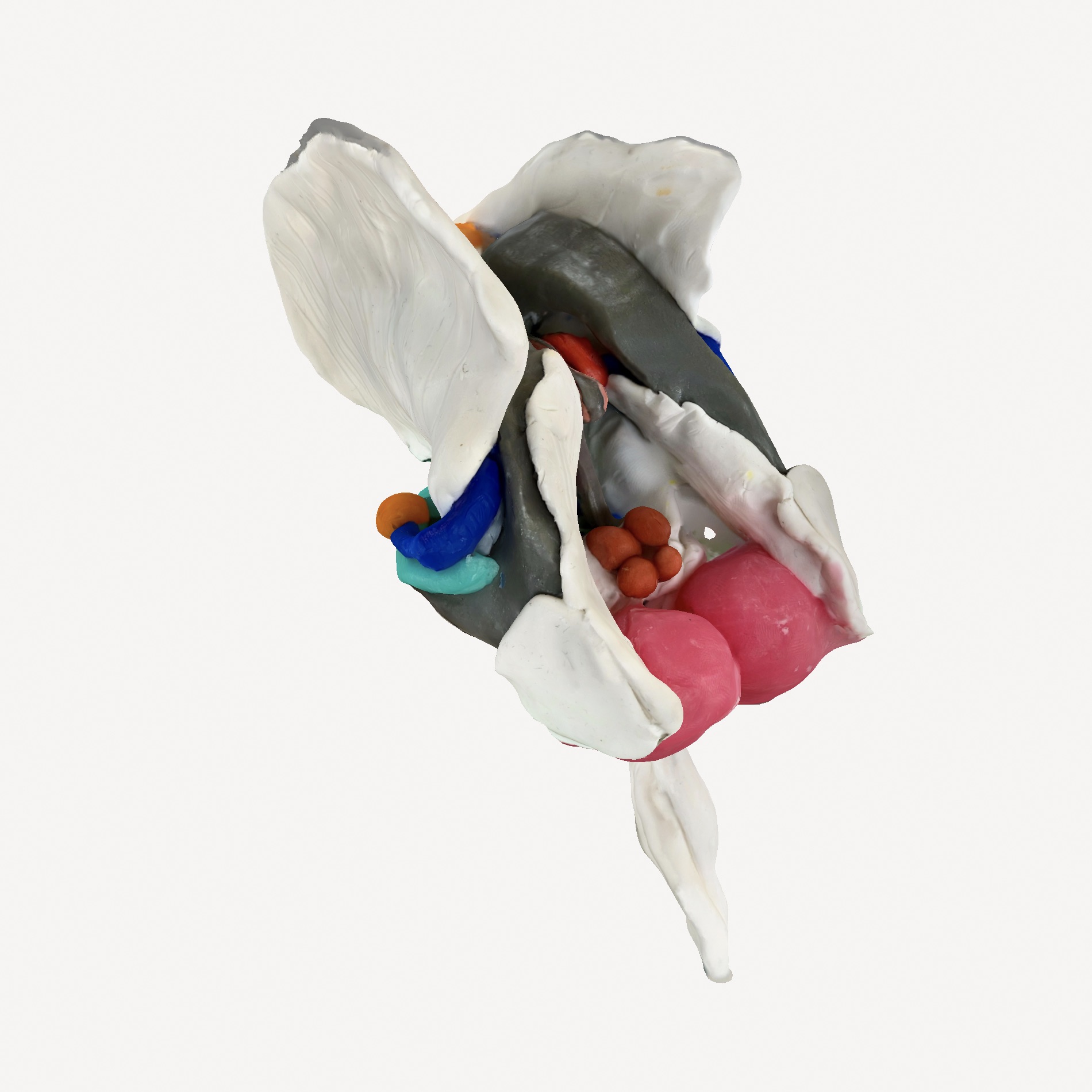
06 Cerebellum
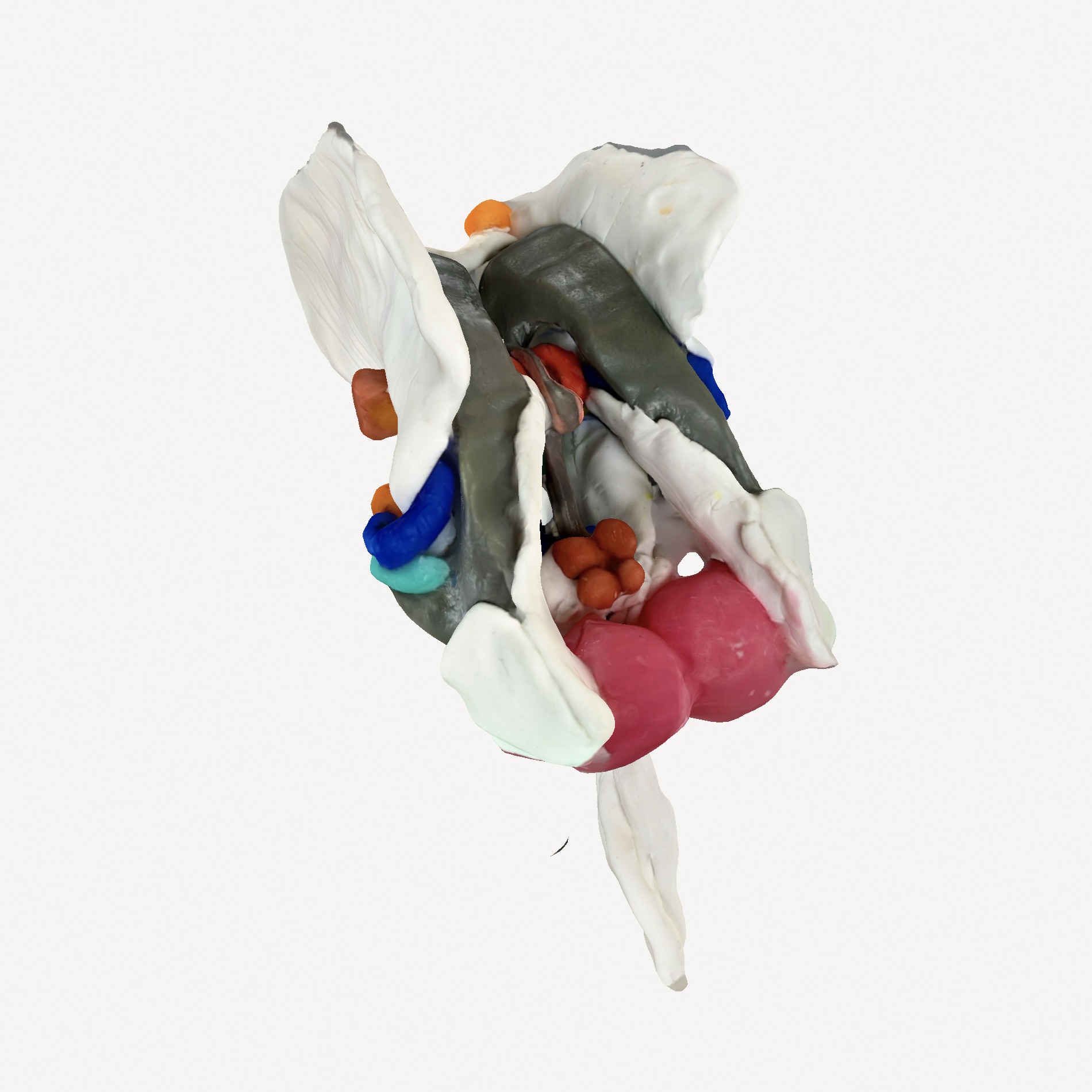
07 Basal Ganglia
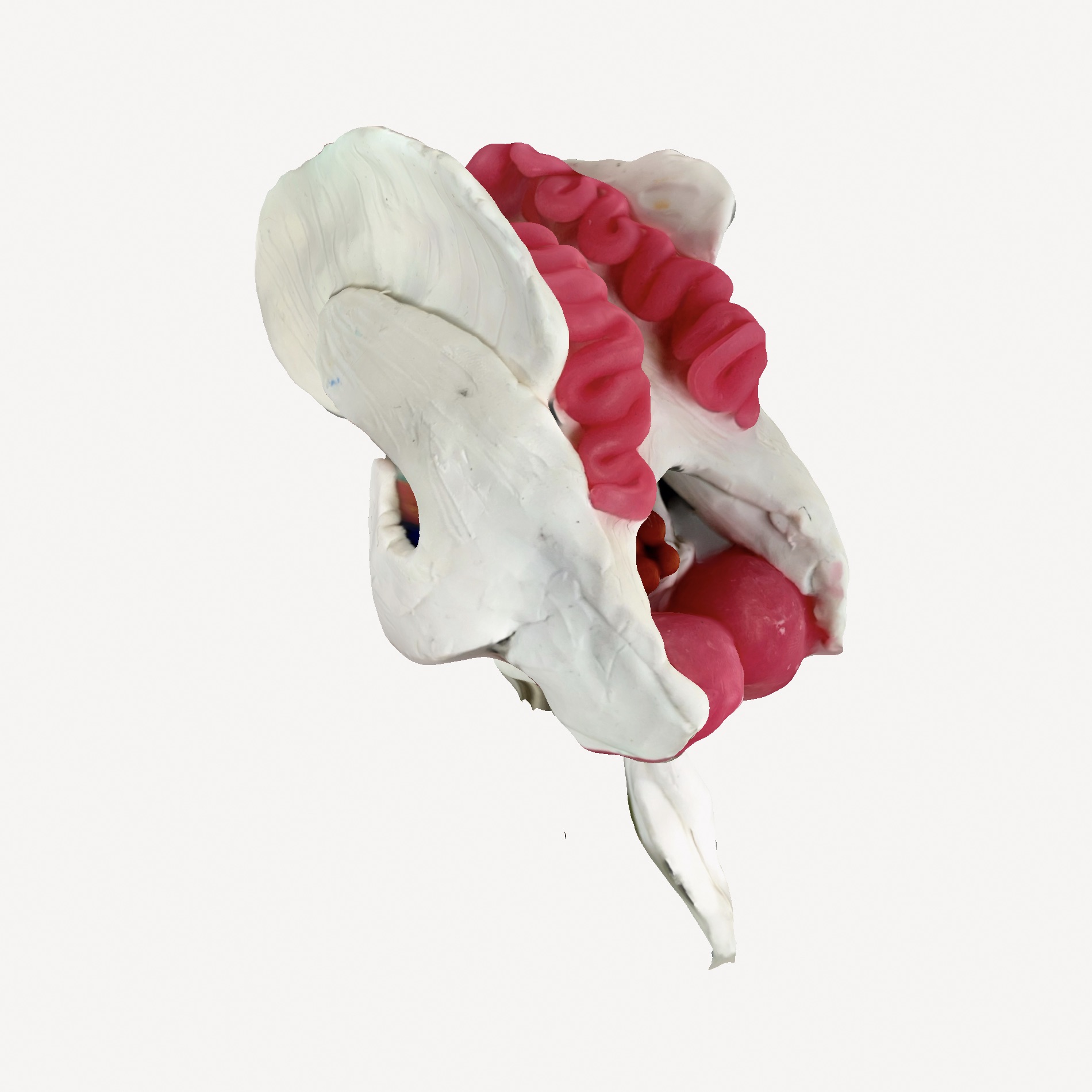
08 Connections: Corpus Callosum, Cingulate Gyrus, and White Matter Networks
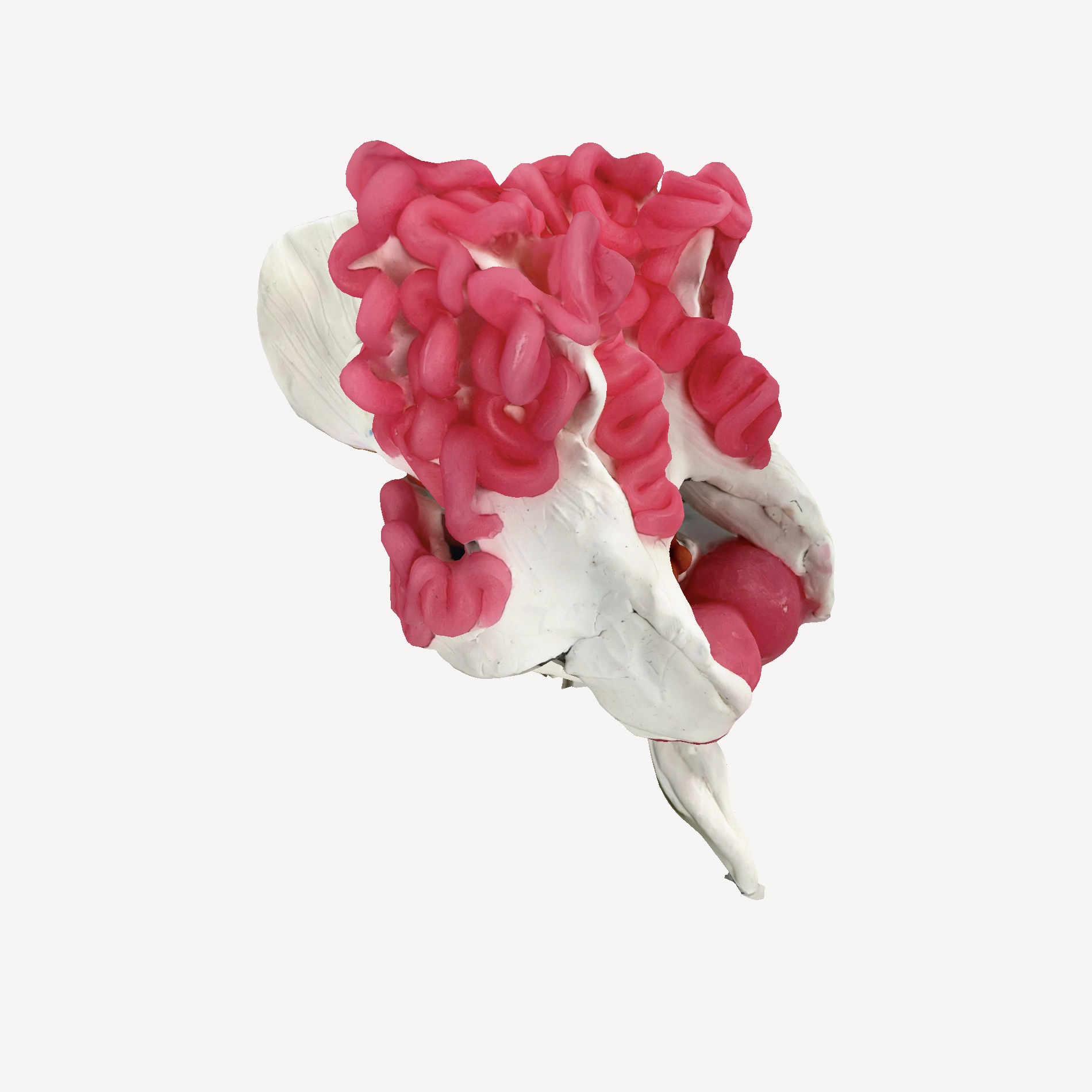
09 Structure of the Cerebrum, Starting with Three Important Gyri

10 Structure of the Cerebrum, Frontal, Parietal, and Occipital Lobes

